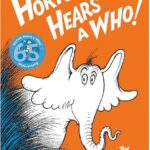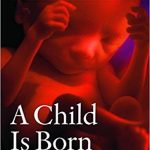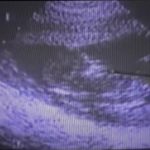Book Review – Horton Hears a Who
[ Horton Hears a Who, Dr. Seuss, 1982 by Random House, New York]
Horton Hears a Who
While many consider this to be a children’s book, I feel it may be a worthwhile purchase. Here are some quotes I found validating, and life-affirming. My apologies for not noting the page numbers for these.
“. . . some poor little person who’s shaking with fear
That he’ll blow in the pool! He has no way to steer!
I’ll just have to save him. Because, after all,
A person’s a person, no matter how small.”
.…
“Believe me,” said Horton. “I tell you sincerely,
My ears are quite keen and I heard him quite clearly.
I know there’s a person down there.
….
“I can’t let my very small persons get drowned!
I’ve got to protect them. I’m bigger than they.”
So he plucked up the clover and hustled away.
….
“Should I put this speck down? . . .” Horton thought with alarm.
“If I do, these small persons may come to great harm.
I can’t put it down. And I won’t! After all
A person’s a person. No matter how small.”
….
And begged, “Please don’t harm all my little folks, who
Have as much right to live as us bigger folks do!”
….
To the Mayor: “Don’t give up! I believe in you all!
A person’s a person, no matter how small!
And you very small persons will not have to die
If you make yourselves heard! So come on, now, and TRY!”
….
And that Yopp . . .
That one small, extra Yopp put it over!
Finally, at last! From that speck on that clover
Their voices were heard! They rang out clear and clean.
And the elephant smiled. “Do you see what I mean? . . .
They’ve proved they ARE persons, no matter how small.
And their whole world was saved by the Smallest of All!”
Why am I interested in this book? Because, like Horton, I had heard my Who. [To quote from When Unborn Babies Speak:]
“I had a firsthand—granted, rare—experience with just how fearfully and wonderfully we are made…just how very much human—very much like us postborns—these precious pre-borns are, at very early stages.
It’s not just that our babies had human bodies like we do. It’s not just that our babies had human DNA from their point of conception like we do. . . . It’s more than that. My experiences clearly demonstrate that our babies have souls. [Read Isaac’s Personhood Story.] After all, I experienced and now [testify] . . . that from an extremely early gestational age, post-conceived children:
have preferences,
can see what is around them,
have intellect and ideas,
have emotions and temperaments,
can forgive,
have a will to live, [and] feel the pain of death.”
Yet, as difficult as it is for me to risk saying I interacted with my son and even heard him speak, I do so to honor the life God gave me and the lives He gives to all families. Like the quote above, ““Believe me,” said Horton. “I tell you sincerely,
My ears are quite keen and I heard him quite clearly. I know there’s a person down there.””
What might we, as the pregnancy loss community, do to help the pro-life community?
– We can beg, like Horton, ““Please don’t harm all my little folks, who
Have as much right to live as us bigger folks do!””
– We can encourage, like Horton, that the memory of our ““very small persons will not have to die
If you make yourselves heard! So come on, now, and TRY!””
– We can educate that, “after all,
A person’s a person, no matter how small.””
– And we can persist, until “Finally, at last! . . .
Their voices [are] . . . heard! . . .
[And we’ve] . . . proved they ARE persons, no matter how small.
And [our] . . . whole world [of personhood, parenthood, family, and faith is] . . . saved by the Smallest of All!””




